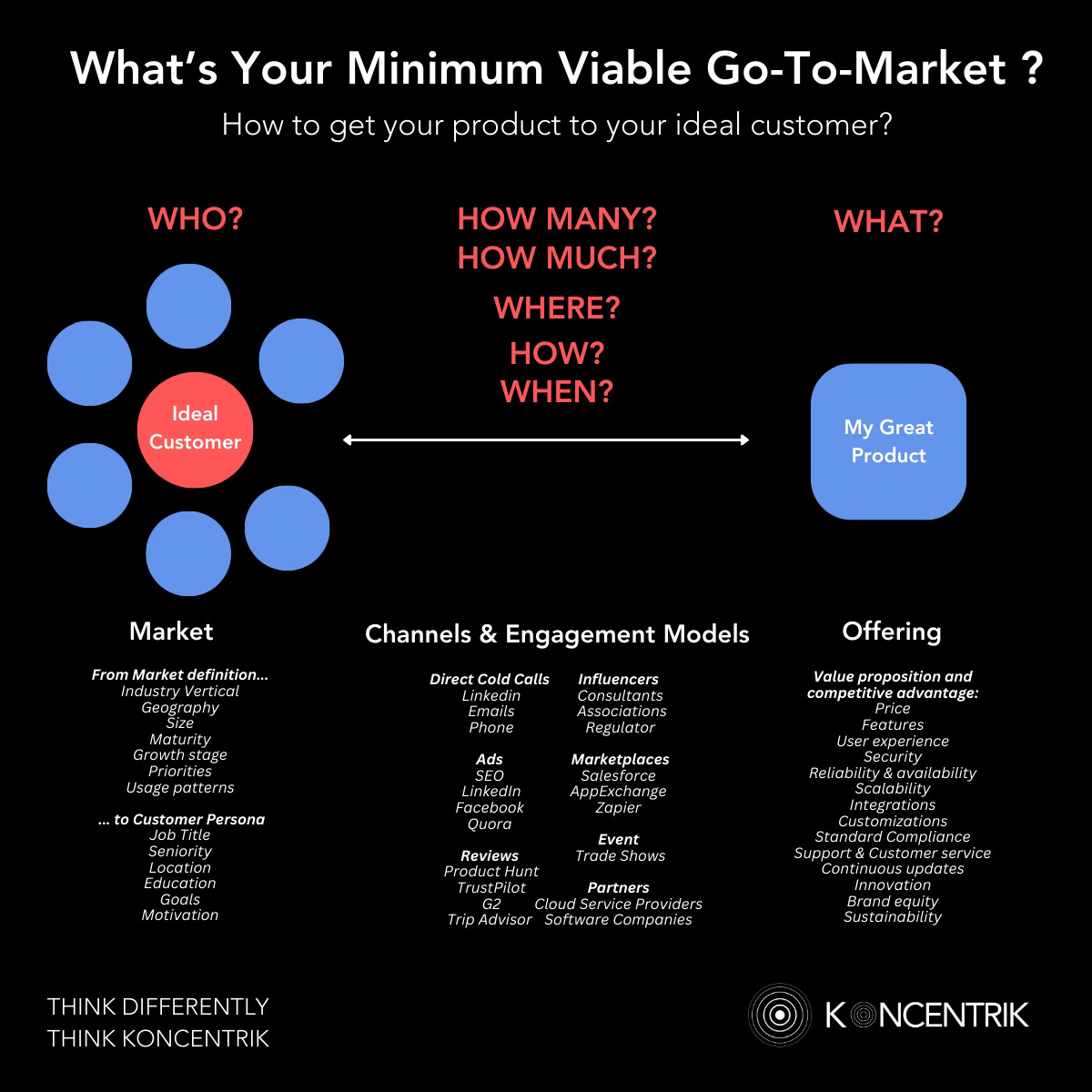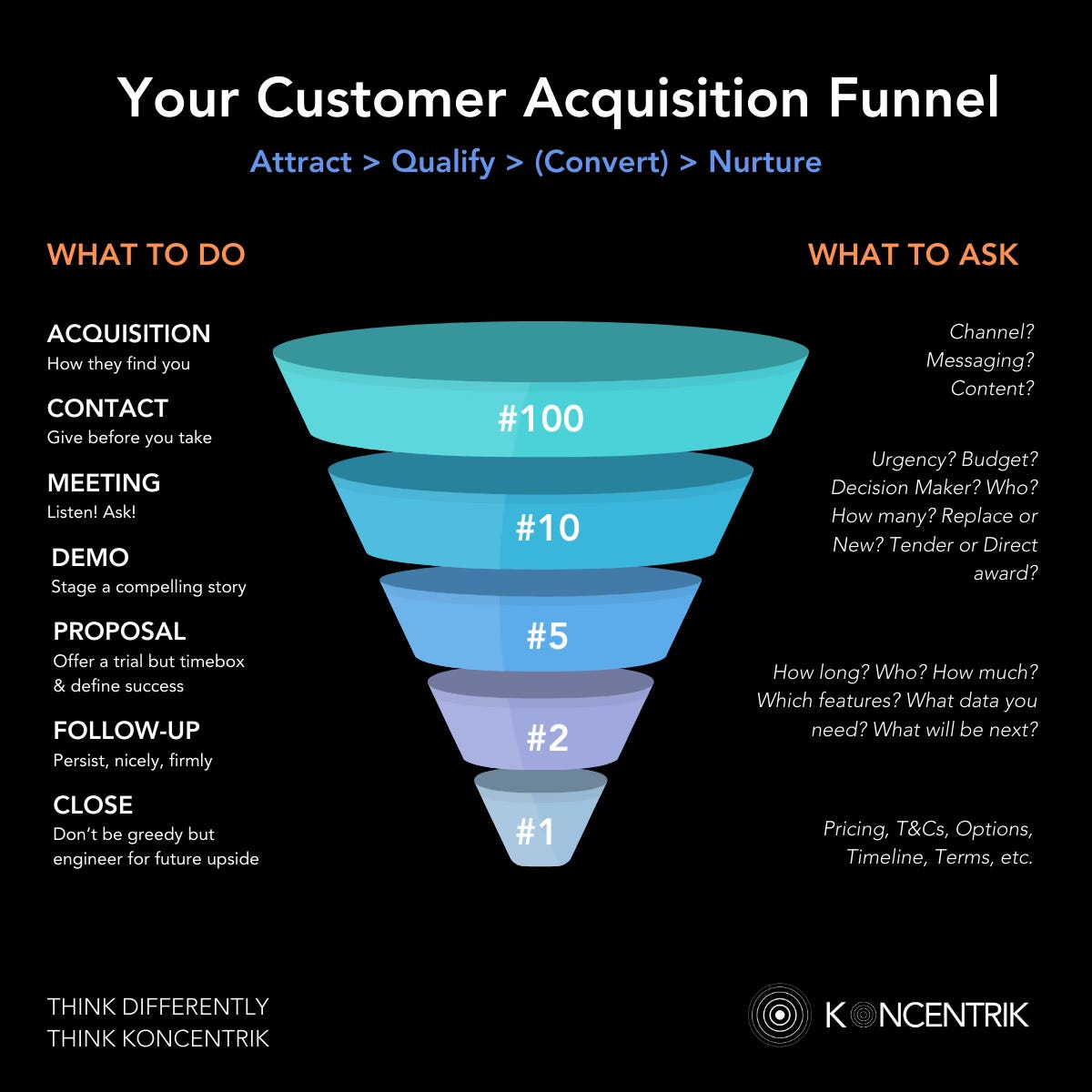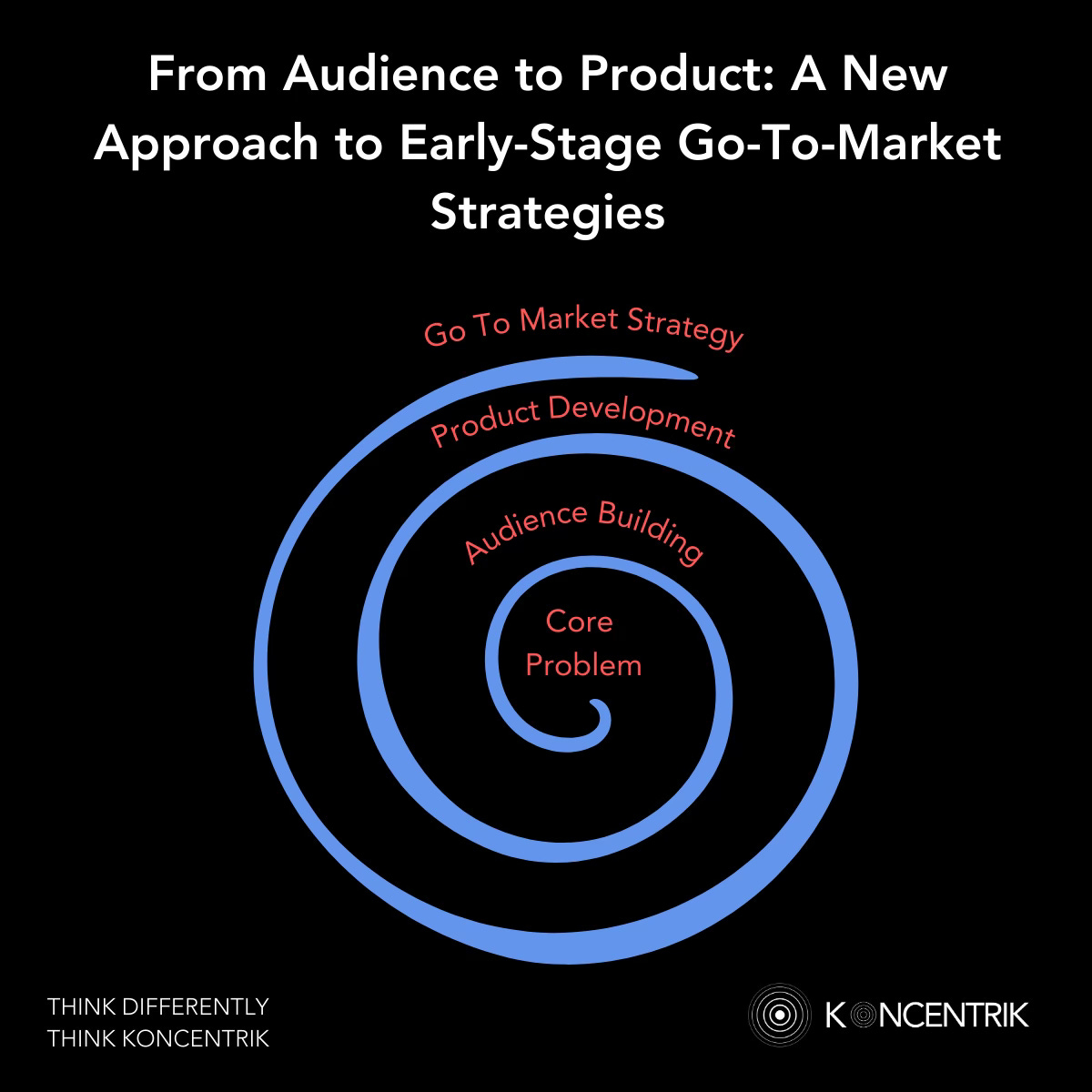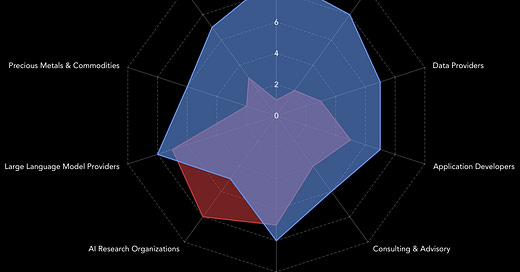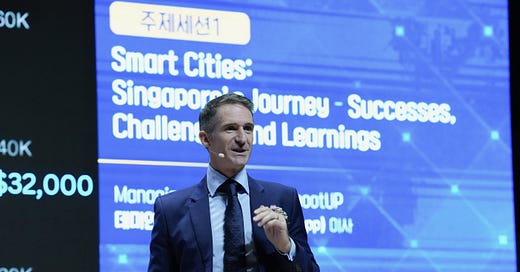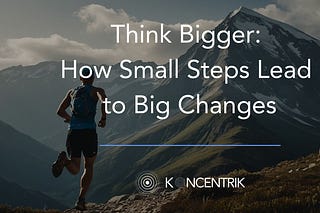

A few weeks ago I was invited by Tenity Capital to share about go-to-market (GTM) strategies in the early days of venture building with a cohort of Fintech entrepreneurs.
The goal was to help them think about the best ways to get their first customers through a repeatable process.
I really enjoy these sharing sessions because they force me to step back and think about my own learnings, what worked and what did not.
Most people I meet, made the same mistake I made before: build the product, then we will market it then customer will come and buy.
So, as I reflect on my past experiences building and launching early stage products, especially with startups, I would have done it the exact opposite way:
Build an audience first, then the product.
To best understand why, let’s look at what building a product entails first.
Building a product
You have limited time and money, so you need to move fast. You have identified a specific problem your target customers have and you are building quickly a solution for it. You will start with a “minimum viable product” (MVP):
the simplest version of your product that still effectively solves the core problem for your target customer.
As you progress through the product development you go through cycles of validations with a handful of target customers alike: to do so, you need to have easy and frequent access to them.
Over time your target customer or ideal customer profile (ICP) might even evolve as you iterate on problem validation.
But how do you effectively find them, reach out to them, work with them without annoying them as you are building your product but still have not much to show for? In the early days you will likely use your own network, friends of friends and warm introductions. It’s hard to repeat and certainly won’t scale. So then what?
Build an audience
What’s an audience? We will define it as:
an interest group aligned to the problem space you are after
Think of it as a virtual community whose members are sharing the same interest in the problem you are trying to solve. Building such community involves a number activities:
You need to recruit its members: they need to be able find you and you need to find them. You will need to be visible in places where they already are: websites, social media, forums, events, their workplace, etc, and engagewith them.
You need to give them a reason to want to be part of it: what are you giving them? What’s in it for them? A source of content that keeps them up to date and relevant for their job? A platform to network and share with others in the same job function, industry, etc?
You need to maintain and nurture their engagement. Some will be more engaged and active than others, some will come and some will go.
You need to encourage them to grow the community further by referring and attracting new members.
But wait, once you have such community, don’t you have immediate access to your ideal customer profile to develop and validate your product to get feedback? Haven’t you also already identified where and how to engage with them?
The Go-To-Market (GTM)
A go-to-market (GTM) strategy defines a set of repeatable activities you will conduct to get your products in the hands of your ideal customer profile (ICP) and close sales.
Now, assuming you have already built a community as per above, you already know where to find your ICP, how to engage with them and when.
What you need when your product is ready to sell is how much and how many:
How much: the price point of your product. It does not have to be exact but it will define the number of prospects you need to attract in your sales funnel. Are you selling a few $1m products or many $10/month products? In the first case, you need 10 customers to make $10m a year, in the other one you need 8,000+ customers.
How many: the tactics you will employ to attract the right number of prospects so you can get enough paying customers to become ultimately profitable. The costs of these tactics will become your customer acquisition costsand they have to be about 3 times lower than your customer lifetime value.
In the B2B SaaS business we often say you need to reach out to 100 prospects to get 10 meetings that will convert into 5 proposals, then into 1 paying customer.
So assuming you need 10 customers at $1m / year you need to reach out to 100 of these prospects; and assuming you need 8,000+ customers, you need to reach out to 800,000+.
The $1m customers GTM assumes a more limited market that requires a very hands-on sales approach including account executives, C-suite conversations, 12+ months long sales cycles, possibly partners to help implement the solution, etc. That’s the SAP and Salesforce enterprise sales model.
The $10 customers GTM assumes a mass scale outreach with fully automated engagements, email journeys and follow-ups using CRM tools. That’s the SaaS model like Shopify, Slack, Monday.com.
Finally you will need to refine the exact ideal customer profile amongst your community members. In particular, your early adopters who will show some leniency towards an imperfect product and provide constructive feedback.
The bottom line
Building an MVP can take some time, but building an audience for your GTM also takes time. And time is money. If you do these sequentially you may loose some precious time that could cost you some serious runway.
So build an audience as you build your product.
How about you? What GTM strategies have you used? Did it succeed? Did it flop? Care to share?
Thanks for reading!
Damien




